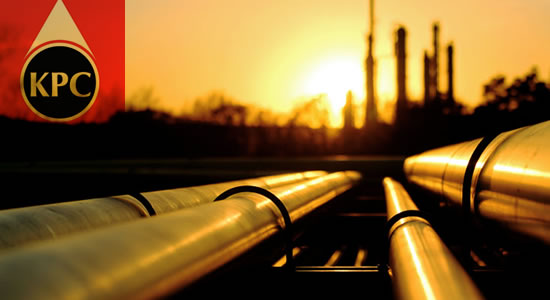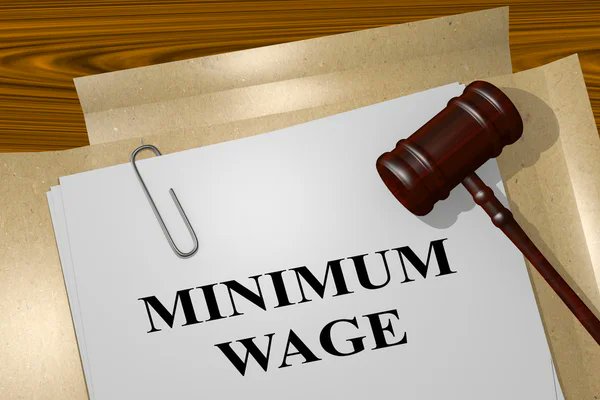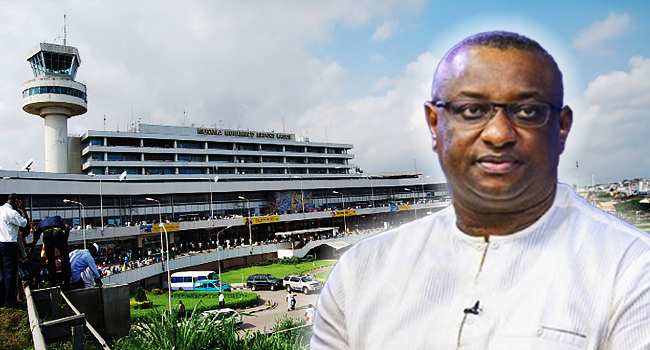Kenya Pipeline Co. plans to build facilities worth $125 million to handle and store liquefied-petroleum gas with a view to boosting cooking-gas use in the rapidly urbanizing nation, Managing Director Joe Sang said. The government in East Africa’s biggest economy has scrapped value-added tax on cooking gas and has subsidized the cost of 6-kilogram (13-pound) cylinders in a bid to make the fuel more affordable and attractive for its citizens, most of whom prefer cheaper charcoal, firewood and kerosene.
For city dwellers LPG is more convenient and currently 30 percent of Kenyans live in urban areas. The total number of people living in towns is expected to quadruple by 2045, according to the World Bank.
“It will enhance the current inadequate LPG supply, distribution and storage infrastructure, as well as increased utilization of clean energy,” Sang said in an emailed response to questions.
Reuter’s news agency reports that Kenya’s monthly LPG consumption ranges from 15,000 to 23,750 metric tons, according to the Energy Regulatory Commission. The government wants to increase usage to 15 kilograms per person by 2030 from about 4 kilograms currently.
State-owned KPC is evaluating bids for the building of the plants, one in the capital, Nairobi, and the other in Kenya’s second-biggest city, Mombasa. Construction is scheduled to begin in October and the facilities will be ready by the end of December 2020, Sang said.
The $65 million depot in Mombasa will have capacity to store 25,000 tons of gas, rail and truck loading, and bottling facilities. The company plans to double the storage capacity once the plant is operational to meet regional demand from landlocked economies including Uganda and Rwanda.
Nairobi’s $60 million plant will have capacity to store 10,000 tons of gas, and equipment to refill cylinders. The facilities will be Kenya’s first publicly owned cooking-gas terminals and will secure availability and stability of supplies for the region, as well as diversify KPC’s revenue sources, Sang said.
A publicly owned common-user manifold will help with price setting for retail gas as the facility will allow for an open-tender system for LPG purchases similar to petroleum products, commission Director-General Pavel Oimeke said.






















